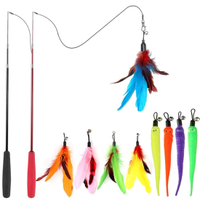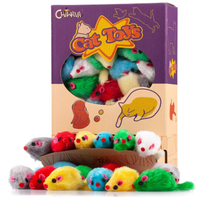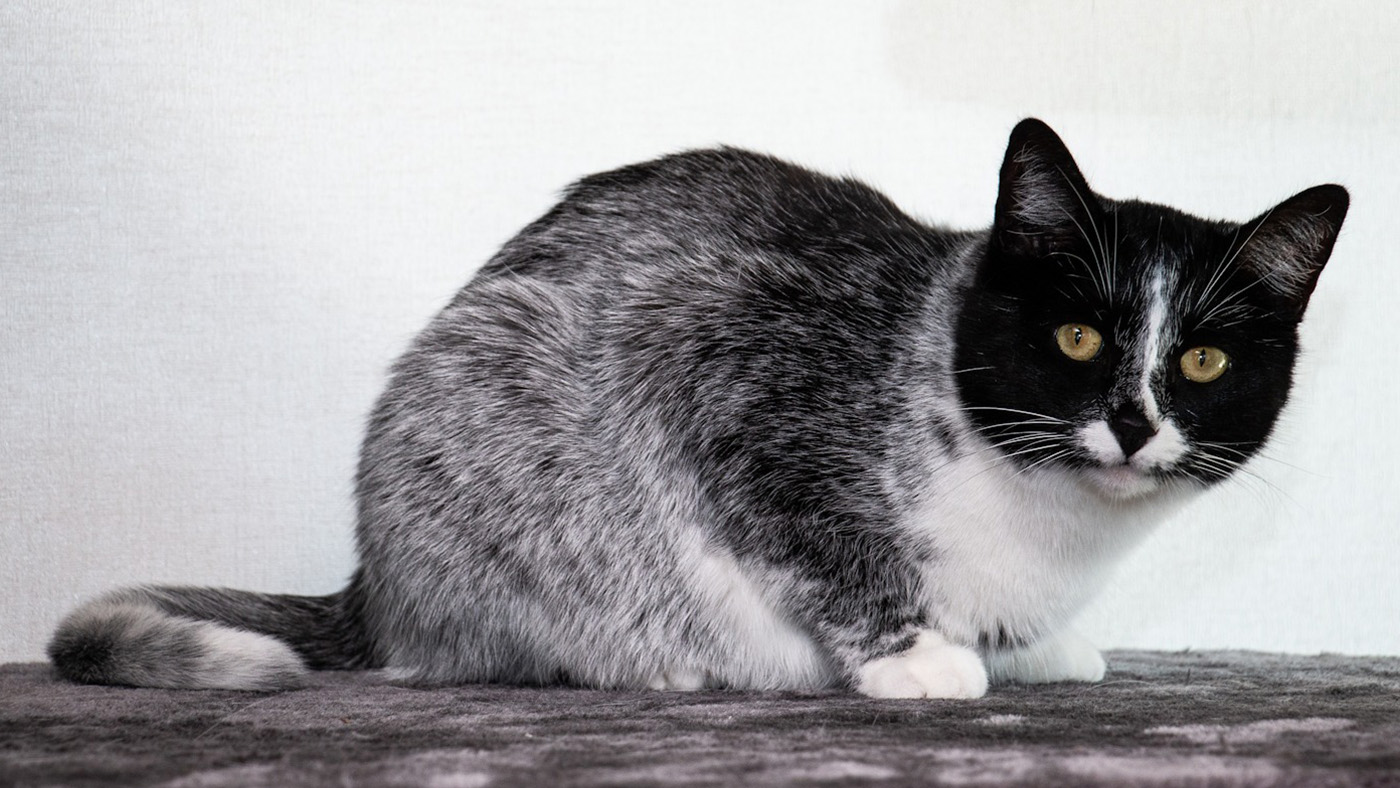Regular play sessions helped reduce fighting in our multi-cat household – I spoke to a vet to find out why
Roxy and Teddy may never be best friends, but there's a lot less fur flying now that a daily dose of fun is on the menu!

"We should get another cat," my husband said. "They'll be good company for Roxy." I wasn't convinced. After all, I already had my hands full with our rather demanding yet very adorable Burmese/British Shorthair cross – what if they didn't get along? Wouldn't two cats just be double the work? And yet in spite of my reservations, I found myself agreeing to a second cat shortly after Roxy's fourth birthday.
After carefully researching breeds and making sure we'd found a reputable breeder, we welcomed 13 week old British Shorthair kitten, Teddy, into our lives. But in spite of doing everything right – keeping them separated for several weeks, introducing their scents, doing slow introductions – Roxy was not impressed about the new bundle of fluff that had taken up residence in her home.
Regular fighting between the two turned our once harmonious household into a chaotic blur of flying fur. Until I discovered a secret weapon – regular play sessions with the best cat toys. Granted, it hasn't stopped the fighting all together, but spending more time playing with Roxy and Teddy has dramatically decreased the tension.
Curious to find out more about the benefits of play, I turned to expert vet Dr. Rebecca MacMillan who explained why play time can be so beneficial in reducing conflict between cats. Plus, she shares a few extra tips that are sure to come in handy if your feline friends are fighting. Let's dive in!
How I got my cats to stop fighting

If you got your cats from the same litter or they both happen to have very placid and laidback personalities, then there's a chance that your feline friends will get along. But believe it or not, this is more the exception than the rule. Most cats are highly territorial and don't take kindly to interlopers.
Because Roxy is so gentle and often tried to make friends when other cats when she was younger, we thought she may accept Teddy as long as we went about things slowly. Sadly, that didn't happen. It wasn't so much Teddy's presence that was the problem, but her boisterous kitten nature and frequent attempts to engage with Roxy even when Roxy was giving clear signals that she wasn't interested.
It quickly became apparent that we had a lot of hard work ahead of us when it came to figuring out how to keep the peace in a multi-cat household – but given the amount of time I was spending refereeing cat fights, not figuring it out wasn't an option!
PetsRadar Newsletter
Get the best advice, tips and top tech for your beloved Pets
Because it was Teddy's behavior and not her general presence that seemed to be distressing Roxy, it got me thinking – if I spent more time burning off some of that kitten energy, would things improve between the two of them?
It turns out that investing in a few of the best interactive cat toys and setting aside regular time each day to play with both cats, started to shift the dynamic. Granted, it's not perfect and our home is yet to revert back to the harmonious haven it used to be, but things between Roxy and Teddy are slowly improving and that's been so heartening to see.
Does play decrease fighting in multi-cat households?
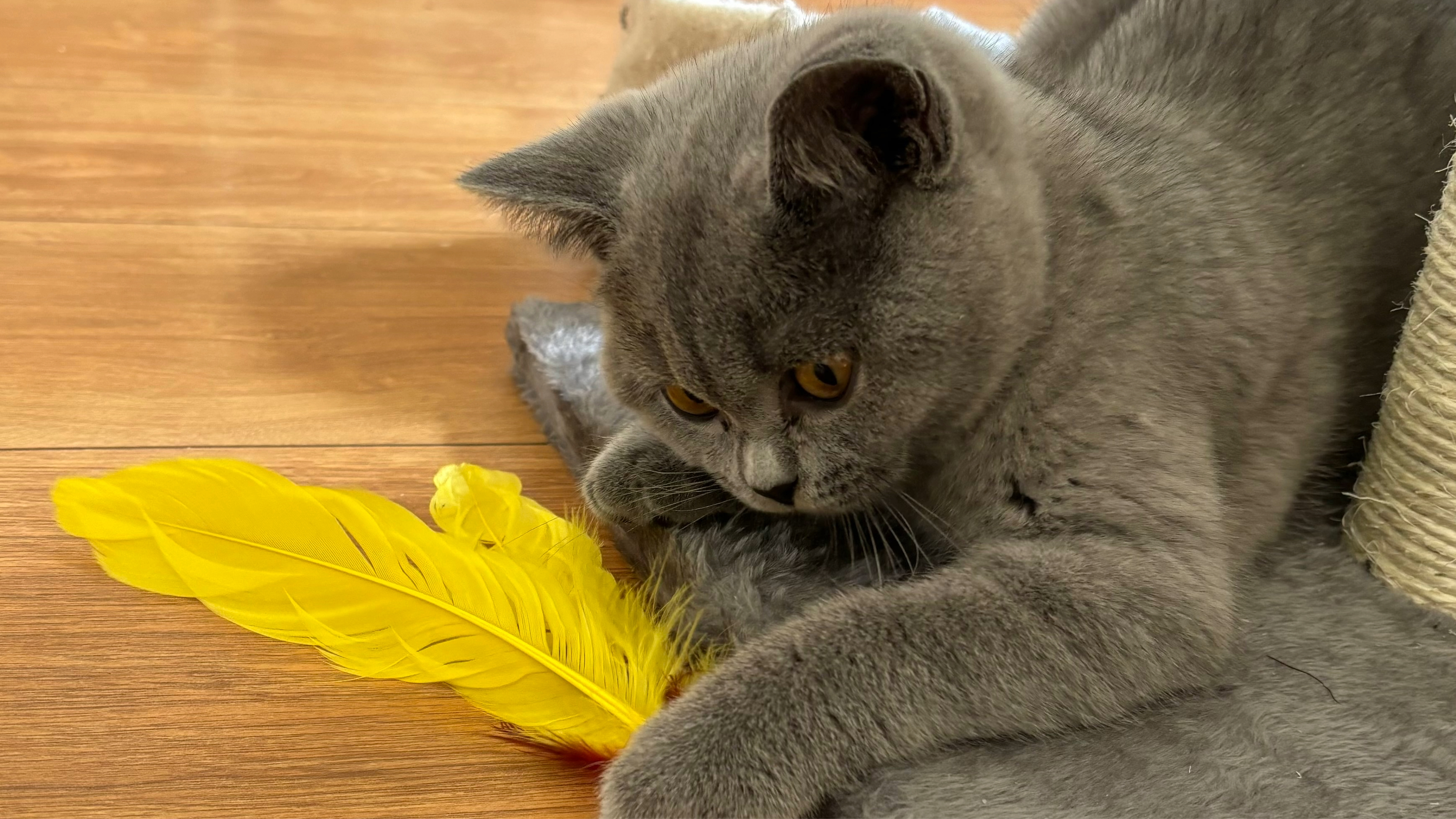
After reading up on how to play with a kitten to make sure I was meeting Teddy's needs, I started playing with her twice a day to see if I could redirect some of that energy away from Roxy and onto a toy instead.
As relations between our two fur friends improved, I began to wonder – had I just got lucky or was there a link between regular play sessions and a decrease in fighting in multi-cat households? I explained my situation to Dr. MacMillan and this is what she had to say:
"Regular play sessions are a great way of reducing stress and relieving tensions which can be helpful in a multi-cat household," she says. "Along with a few other practical measures, introducing more play sessions can help to reduce fighting between your cats.
We know that both exercise and mental stimulation are great mood boosters for people, and the same is true for cats. Depending on the situation and their preference, you can either play with each of the cats individually or play with them both at once."
Because Teddy is a bit of a limelight hogger, I've found playing with her on her own using her favorite kitten toys is the best option. This means that when it's Roxy's time to play, she can enjoy her session without worrying that Teddy is going to jump on her or take over.
MeoHui Interactive Cat Toys | Amazon
These toys have been the biggest hit in our house – so much so that we're on to our second pack! Offering outstanding value for money, this set comes with two teaser wands and a huge variety of attachments. Roxy and Teddy are big fans of the feathers in particular and I definitely feel that these toys in particular have helped to reduce the conflict between the two of them.
Tips to stop cat conflict

Alongside regular play sessions, Dr. MacMillan says there are a few other things you can do to help prevent fighting in a multi-cat household.
"To avoid conflict, firstly make sure you have enough resources in your house," she advises. "This means one per cat plus a spare, so that cats don’t have to fight over them. Resources include things like litter trays, food bowls, water bowls and toys.
You must also make sure that you provide plenty of safe hiding spaces for your cats. Cat trees, shelves and perches can also be a great way of making use of vertical space in your home. Lots of cats like to watch what’s going on from a high point where they feel safe.
You could try synthetic cat pheromones in the environment which can help to act as a calming agent for some cats. These come in a spray form to use on bedding, impregnated collars or plug in diffusers (like this one on Amazon)."
And if fighting still breaks out? Dr. MacMillan says that if you've tried all of the tips above, sometimes a brief period of time apart is necessary to help both cats feel more settled.
"You may need to keep your cats separate for a while if they are showing clear signs of tension, with a gradual and staged reintroduction when things have calmed down."
CHIWAVA 36PCS Cat Mouse Toys | Amazon
Roxy doesn't bother with these toys as she's not one for playing independently, but Teddy absolutely loves batting them around the house! I feel like I spend my life fishing them out from under the furniture, but they keep her happy and out of mischief – plus you get 36 in a pack for under $10, which is a total bargain if you ask me.
Other benefits of cat play
Cat play is so important. Not only can it decrease tension in multi-cat households, but it's also wonderful for our feline friend's physical and mental health.
"Predictable interactions with their owners can help cats feel more secure," says Dr. MacMillan. "By being consistent and providing plenty of positive interaction to each cat, you can help your pets feel more comfortable about their situation. Plus, a tired, happy and stimulated cat is less likely to have behavioral issues than one that is not getting enough attention."
While playing with your cat for 15-20 minutes each day is a wonderful way to strengthen your bond, I understand that life is busy and that's not always going to be possible. For times when you have other things you need to be doing, I highly recommend investing in a few of the best automated cat toys that your kitty can play with independently when you're occupied with other things.
You might also want to read: How to play with a cat and games to play with cats.
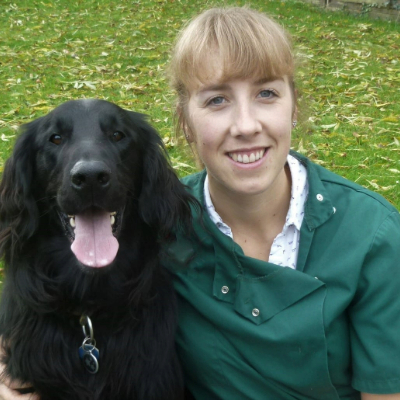
Rebecca is a veterinary surgeon who graduated in 2009 from the Royal Veterinary College in London. She has a wealth of experience in first opinion small animal practice, having done a mixture of day-to-day routine work, on-call emergency duties and managerial roles over the years. She enjoys medicine in particular and she is proud to h––ave recently achieved a BSAVA postgraduate certificate in small animal medicine (with commendation). She writes on various feline and canine topics, including behavior, nutrition, and health. Outside of work and writing she enjoys walking her own dog, spending time with her young family and baking!
Edited by Megan Milstead
Recent updates
This feature was last updated on February 19, 2025.

Kathryn is a freelance writer who has been a member of the PetsRadar family since it launched in 2020. Highly experienced in her field, she's driven by a desire to provide pet parents with accurate, timely, and informative content that enables them to provide their fur friends with everything they need to thrive. Kathryn works closely with vets and trainers to ensure all articles offer the most up-to-date information across a range of pet-related fields, from insights into health and behavior issues to tips on products and training. When she’s not busy crafting the perfect sentence for her features, buying guides and news pieces, she can be found hanging out with her family (which includes one super sassy cat), drinking copious amounts of Jasmine tea and reading all the books.
